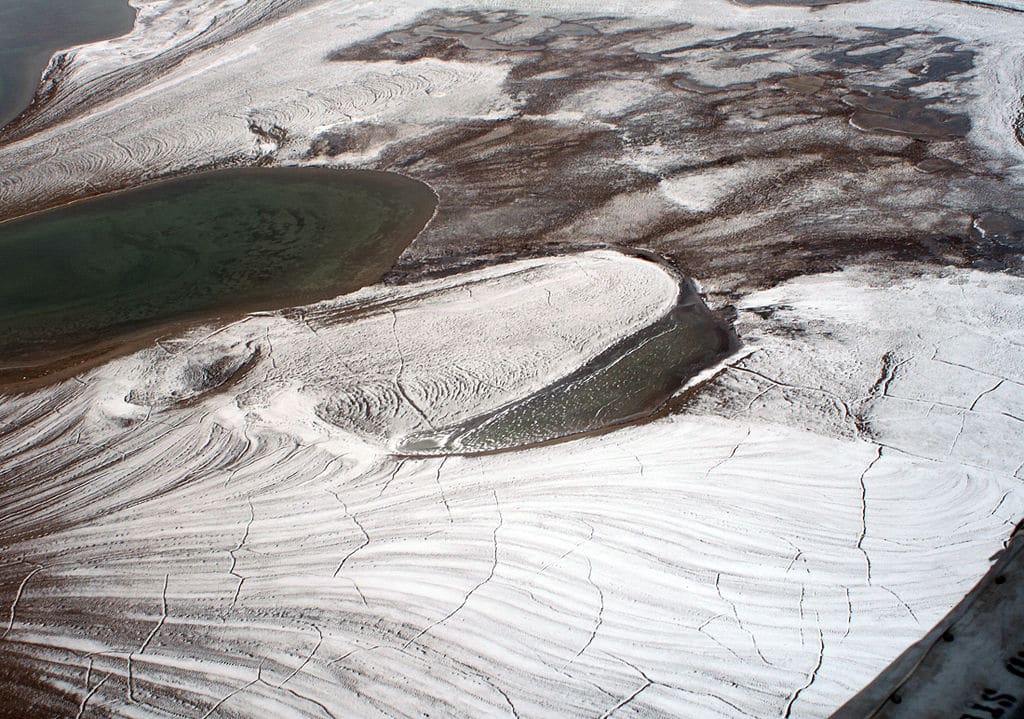The 2020 heat wave and global temperature increase have caused permafrost regions of Siberia to thaw at rapid rates, and newly exposed limestones are detected releasing significant amounts of methane gases as a result.
—
What is Happening?
- Global temperature rise and an unprecedented heat wave in 2020 have caused permafrost in Siberia to melt at an increased rate. As a result, exposed limestones have begun releasing significant amounts of methane gases, researchers finds.
- In a study that utilises satellite imagery published in the Proceedings of the National Academy of Sciences, has detected previously unexplored sites in the northern Russia province newly exposed limestone releasing ancient methane deposits that have been trapped inside.
- These methane gases have greater warming potential and impact in relation to climate change than carbon dioxide.
- The rapid change in Siberia’s permafrost regions can be attributed to the 2020 heat wave, which saw a massive increase in temperatures.
- In Russian towns like Nizhnyaya Pesha saw temperatures soaring up to 30℃ in June 2020 while Khatanga, which usually experiences temperatures around 0℃ during that time of year hitting 25℃. Overall, May temperatures in Siberia experienced a 10℃ rise above average.
- Scientists have expected some elevated levels of methane gases in the region following the heat wave, such as in areas of wetlands, but failed to predict limestones to be the source of it, particularly in such significant amounts, as there’s very little soil in hard rock.
- Permafrost covers about 65% of Russian lands but its thawing rates have been rapidly increasing due to global warming and human-induced actions like the 2020 Siberian oil spill. Scientists warn its current melting rate to be roughly 70 years ahead of model projections.
- Similarly, warming temperatures have fuelled the frequency and intensity of wildfires in Siberia. The resulting smoke of the forest fires have reached the North Pole for the first time in recorded history, finds the US space agency NASA based on satellite images.
- A prolonged wildfire season in Siberia, and in other parts of the world including California in the US, will contribute and release even more greenhouse gases to the atmosphere, and exacerbating the effects of climate change.
Featured image by: Wikimedia Commons


















